Birds are creatures of habit, yet they’re remarkably responsive to weather patterns and environmental changes. For birdwatchers, understanding how weather influences avian behavior can dramatically improve sighting opportunities and enhance the overall experience. Whether you’re a seasoned ornithologist or a casual weekend enthusiast, knowing when to grab your binoculars based on weather forecasts can make the difference between a memorable outing and a disappointing one. This comprehensive guide explores the optimal weather conditions for birdwatching and how different atmospheric variables affect bird activity and visibility.
Morning Fog and Light Mist: Nature’s Hidden Advantage
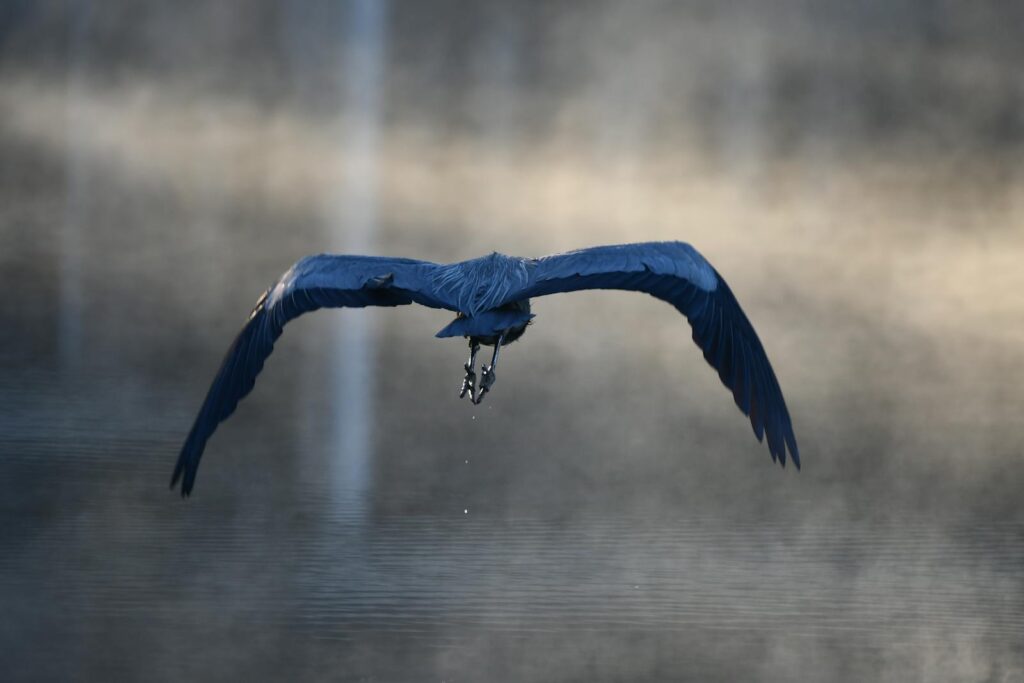
Contrary to what many beginners might assume, light morning fog can actually create ideal birdwatching conditions in many habitats. The reduced visibility caused by fog often makes birds less wary of human presence, allowing observers to get closer without disturbing them. Additionally, fog tends to dampen sound, creating a quieter environment where bird calls travel more clearly and distinctly. Many species, particularly songbirds, become more vocal during misty conditions as they use calls to maintain contact with their flock when visual communication is limited. As the fog burns off with the rising sun, you might also witness increased feeding activity as birds make up for delayed morning foraging.
After Rain Showers: Prime Observation Windows
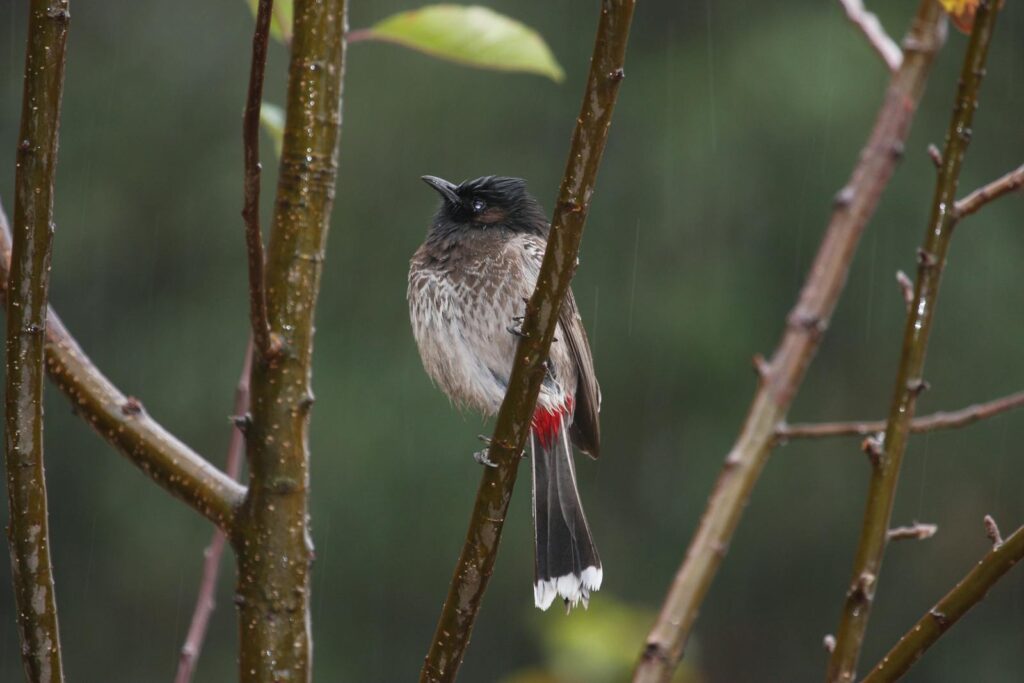
The period immediately following rain showers offers exceptional birdwatching opportunities across almost all habitats. When rain stops, birds emerge en masse to feed, creating a flurry of activity that benefits observers. This phenomenon occurs because many insects also become active after rain, providing an abundant food source that attracts insectivorous species. The rain-dampened ground also brings earthworms and other soil dwellers closer to the surface, creating feeding opportunities for ground-foraging birds like robins and thrushes. The post-rain air clarity, washed free of dust and pollen, can significantly improve visibility for spotting distant birds against the sky or in dense vegetation. Additionally, the cooler temperatures following summer showers often trigger increased bird activity during what would otherwise be a quiet midday period.
Light to Moderate Wind Patterns
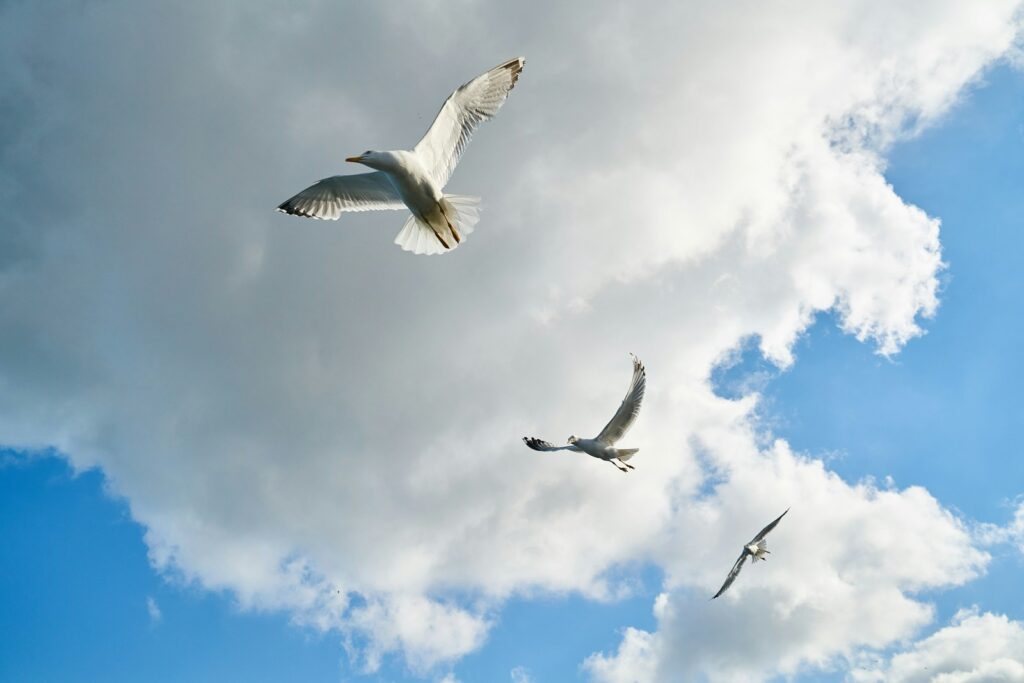
Wind conditions significantly impact birdwatching success, with light to moderate winds generally providing optimal observation opportunities. Gentle breezes of 5-15 mph can actually enhance birdwatching by keeping flying insects active, which attracts aerial feeders like swallows and swifts that perform impressive acrobatic displays while hunting. These moderate winds also help carry bird songs farther, making it easier to locate species by ear before visual confirmation. For coastal birdwatching, onshore winds can push pelagic species closer to shore, offering rare chances to observe seabirds that typically remain far from land. However, birdwatchers should note that wind direction can be as important as speed—birds generally prefer to fly into headwinds during migration, making the downwind side of obstacles like hills or large bodies of water potentially rich with resting migrants.
Cold Fronts and Migration Magic
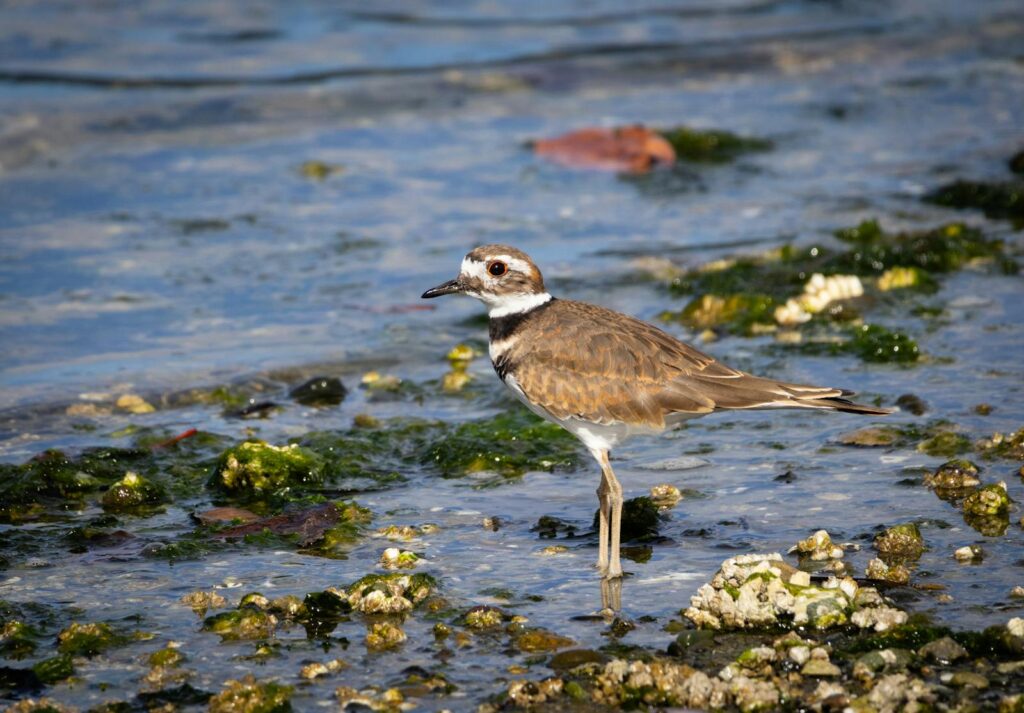
The passage of cold fronts creates some of the most spectacular birdwatching opportunities during migration seasons, particularly in spring and fall. These weather systems often trigger mass movements of migratory birds, especially when they follow periods of unfavorable flying conditions that may have temporarily halted migration. The day after a cold front passes typically features clearing skies, dropping temperatures, and northerly winds—conditions that can produce what birders affectionately term “fallouts,” when large numbers of migrants descend to rest and refuel. These events are especially dramatic along coastal areas and major geographical barriers where birds concentrate before or after crossing challenging terrain. Experienced birdwatchers closely monitor weather radar and frontal systems during peak migration periods, often planning trips specifically to coincide with these meteorological events.
Overcast Days: Unexpected Advantages
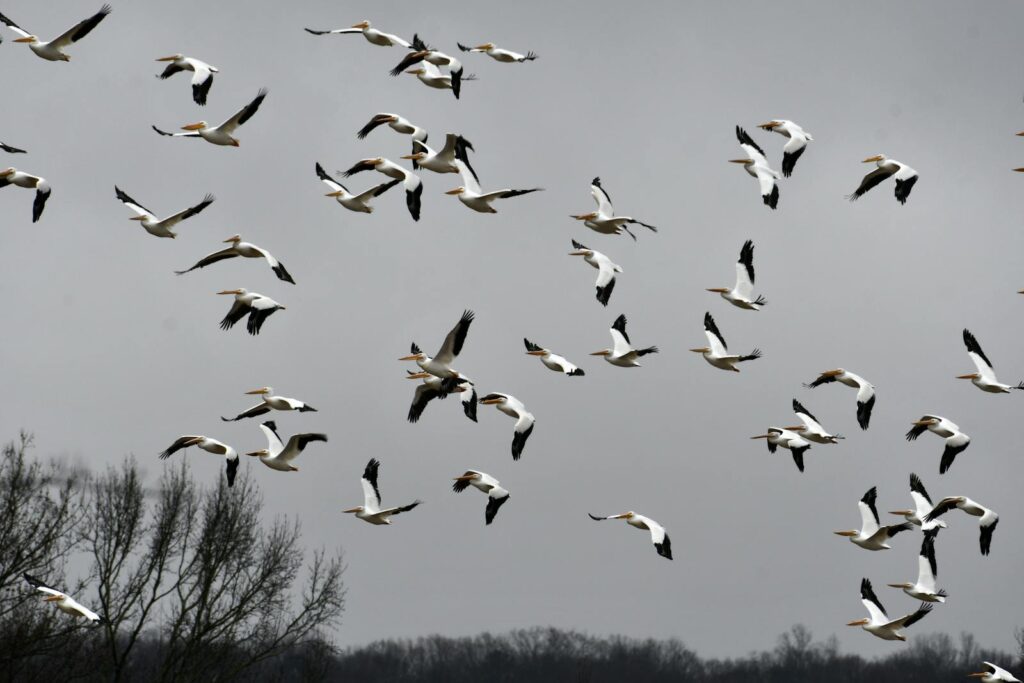
Overcast conditions provide several distinct advantages for birdwatching that many enthusiasts underestimate. The diffused light on cloudy days eliminates harsh shadows and reduces glare, making it easier to observe subtle field marks and color patterns that might be washed out in direct sunlight. Birds often extend their activity periods during overcast weather, particularly in summer when they might otherwise restrict movement during the intense midday sun. The cooler temperatures associated with cloud cover can stimulate feeding activity throughout the day, rather than limiting it to early morning and evening hours. Photographers particularly benefit from overcast conditions, as the soft, even lighting improves image quality and color accuracy when documenting birds—an increasingly important aspect of modern birdwatching.
Snow Conditions and Winter Birding
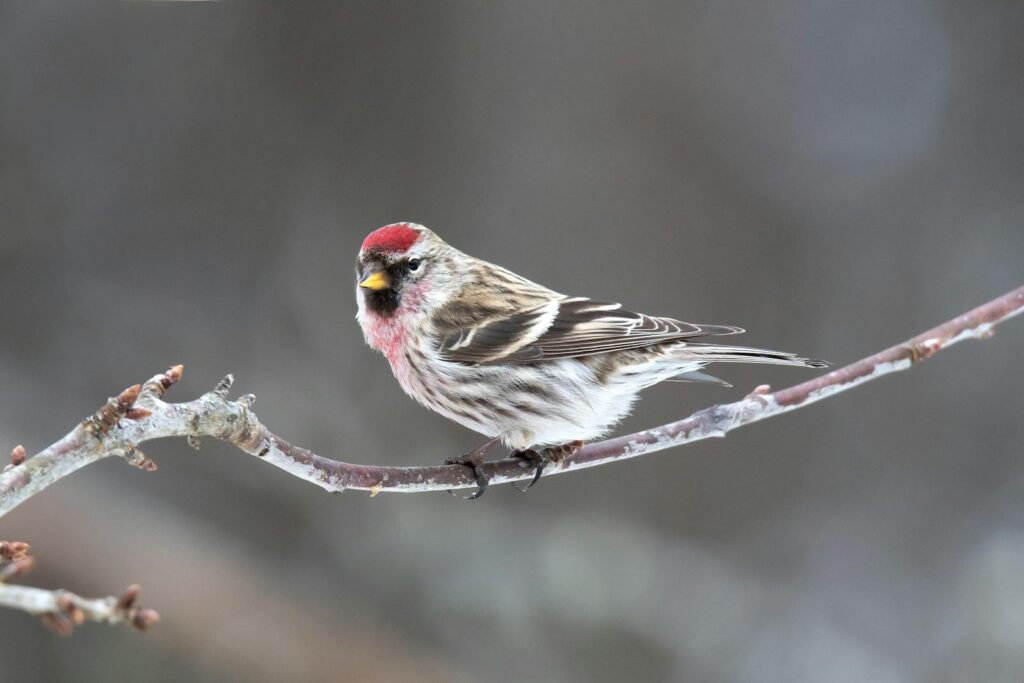
Fresh snowfall creates unique and productive birdwatching opportunities during winter months in colder climates. The white background dramatically increases visibility of birds, making even small, drab species stand out against the monochromatic landscape. Birds often concentrate at reliable food sources following snowfall, making feeders and areas with exposed ground or water particularly attractive to multiple species. The quietness of freshly fallen snow also enhances the carrying distance of bird calls, making audio detection easier even in dense habitats. Winter specialists like snow buntings, crossbills, and certain owls become more active and visible during snow conditions, providing chances to observe species that may be absent during warmer seasons.
Barometric Pressure Effects
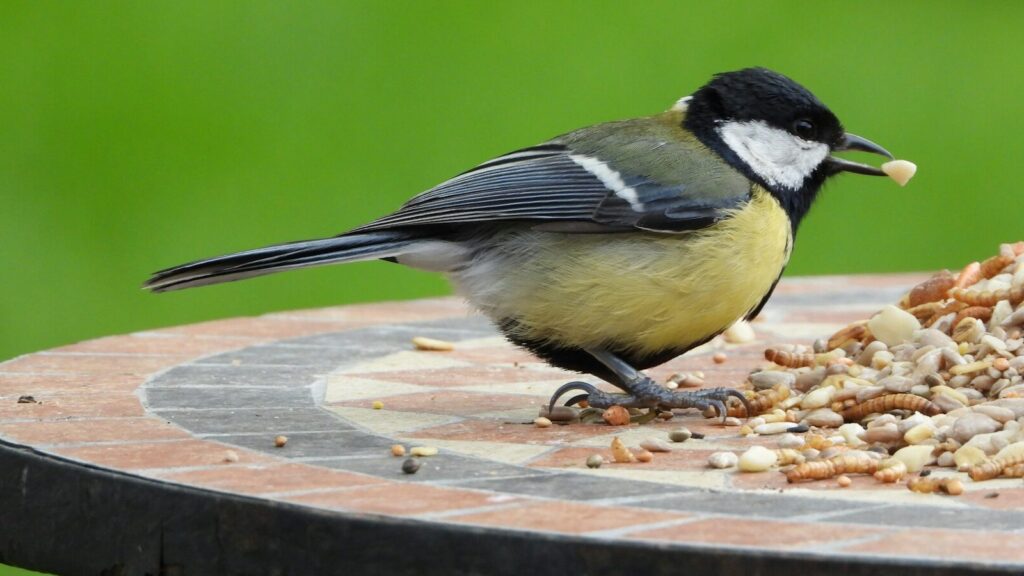
Barometric pressure changes have profound effects on bird behavior, though these influences often go unnoticed by casual observers. Rising pressure typically signals improving weather and frequently coincides with increased bird activity, particularly singing and territorial displays. Conversely, rapidly falling pressure—indicating approaching storms—often triggers intensive feeding as birds prepare for periods when foraging may be difficult. Research suggests that birds can detect barometric changes that humans cannot perceive, allowing them to adjust their behavior in anticipation of weather shifts. Some studies indicate that certain species, particularly those that rely on flying insects for food, show marked increases in low-altitude feeding just before pressure drops, as insects fly lower in these conditions—creating excellent observation opportunities for attentive birdwatchers.
Dawn and Dusk: The Golden Hours
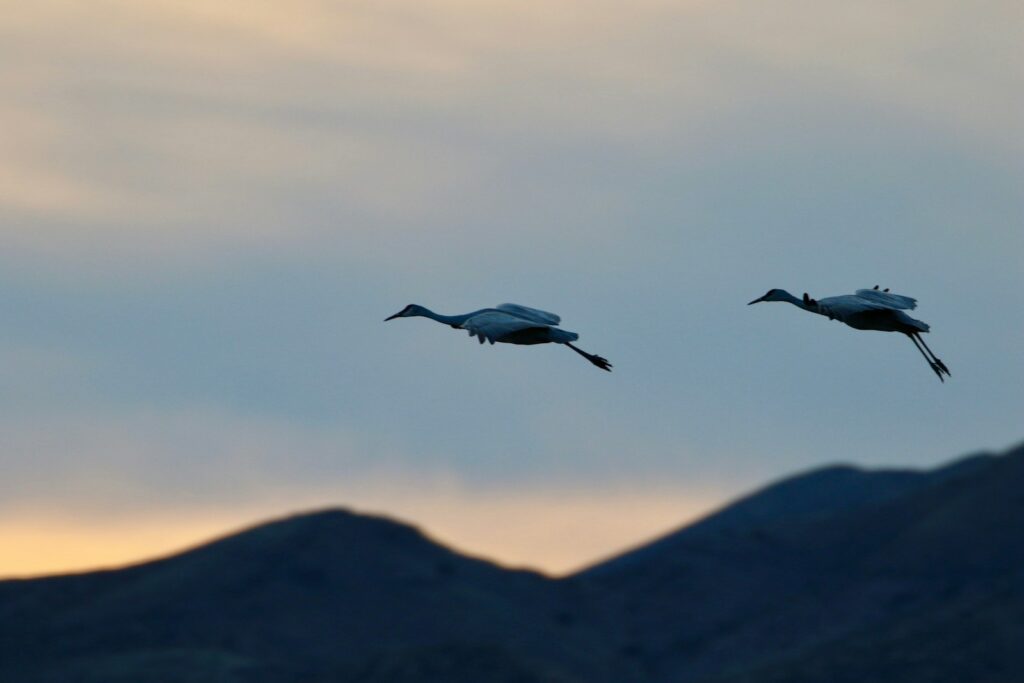
The transition periods of dawn and dusk offer prime birdwatching regardless of other weather factors, consistently providing the highest activity levels for most species. These crepuscular periods feature the famous “dawn chorus” and evening song periods when vocal activity peaks, helping birdwatchers locate and identify species even in dense habitat. The lower angle of the sun creates dramatic lighting that enhances visibility of field marks and plumage details that might be washed out in midday light. Many secretive species, including owls, nightjars, and certain thrushes, are almost exclusively active during these transition times, making dawn and dusk essential for observers hoping to complete comprehensive surveys. The combination of optimal lighting, increased bird activity, and often calmer winds makes these daily transitions the cornerstone of successful birdwatching schedules.
Storm Fronts: Before and After Effects
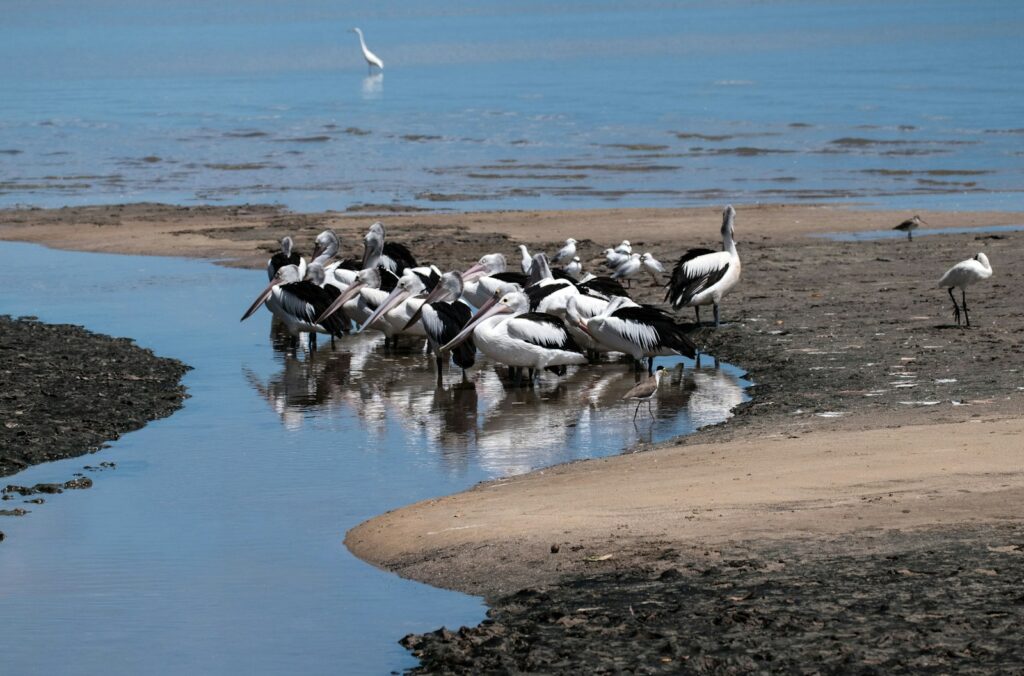
The periods directly before and after storm systems create distinctive birdwatching scenarios that attract dedicated enthusiasts despite potentially challenging conditions. Prior to storms, many birds engage in frenzied feeding activity, instinctively preparing for weather that may temporarily prevent foraging—creating excellent observation opportunities as typically shy species focus more on feeding than on concealment. The aftermath of major storm systems can produce rare vagrant sightings, as birds get displaced from their normal ranges by powerful winds—a phenomenon that serious birdwatchers monitor closely, sometimes traveling great distances to observe species well outside their expected territories. Coastal areas after hurricanes or strong offshore storms often yield pelagic species that rarely approach shore under normal conditions, drawing specialists hoping to add rare seabirds to their life lists. Weather radars have become valuable tools for modern birdwatchers tracking these storm-related movements.
Drought Conditions and Water Sources
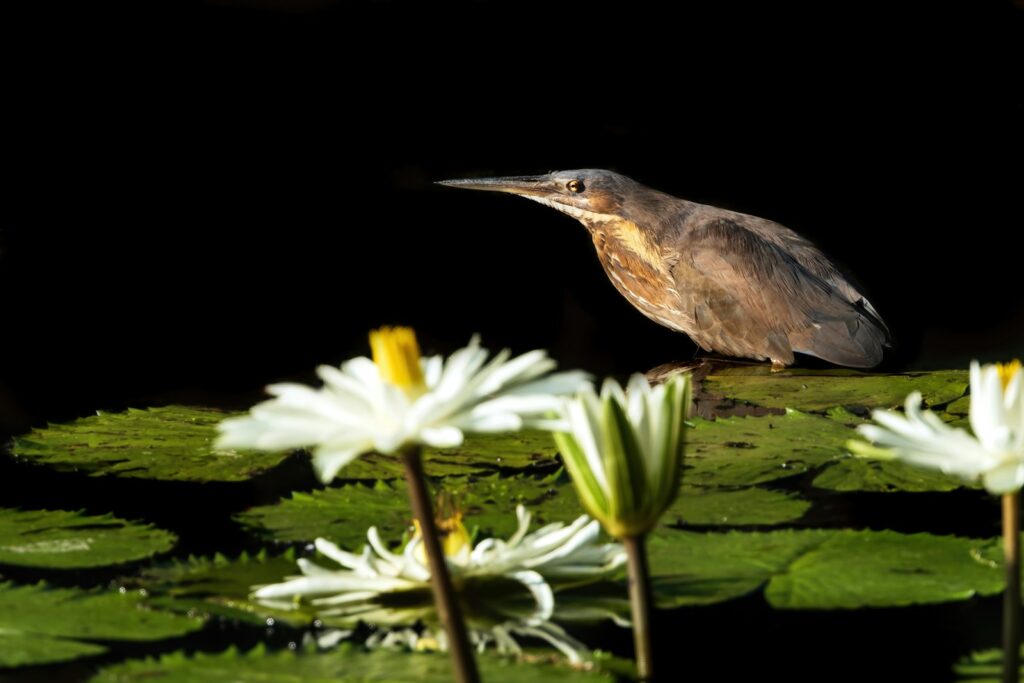
Extended dry periods create specialized birdwatching opportunities centered around remaining water sources where birds must congregate to drink and bathe. During droughts, even small ponds, streams, or artificial water features can attract surprising diversity as species that might normally spread across the landscape concentrate in these limited areas. Dawn and dusk become particularly productive during droughts, as birds time their visits to water sources to minimize exposure to predators and heat. The vegetation around drought-resistant water bodies often teems with activity throughout the day, as different species take turns accessing these essential resources. Experienced birdwatchers in arid regions often focus their efforts on reliable water sources during extended dry periods, sometimes setting up blinds or observation points that allow close viewing without disturbing the critical drinking and bathing rituals.
Temperature Considerations for Different Habitats
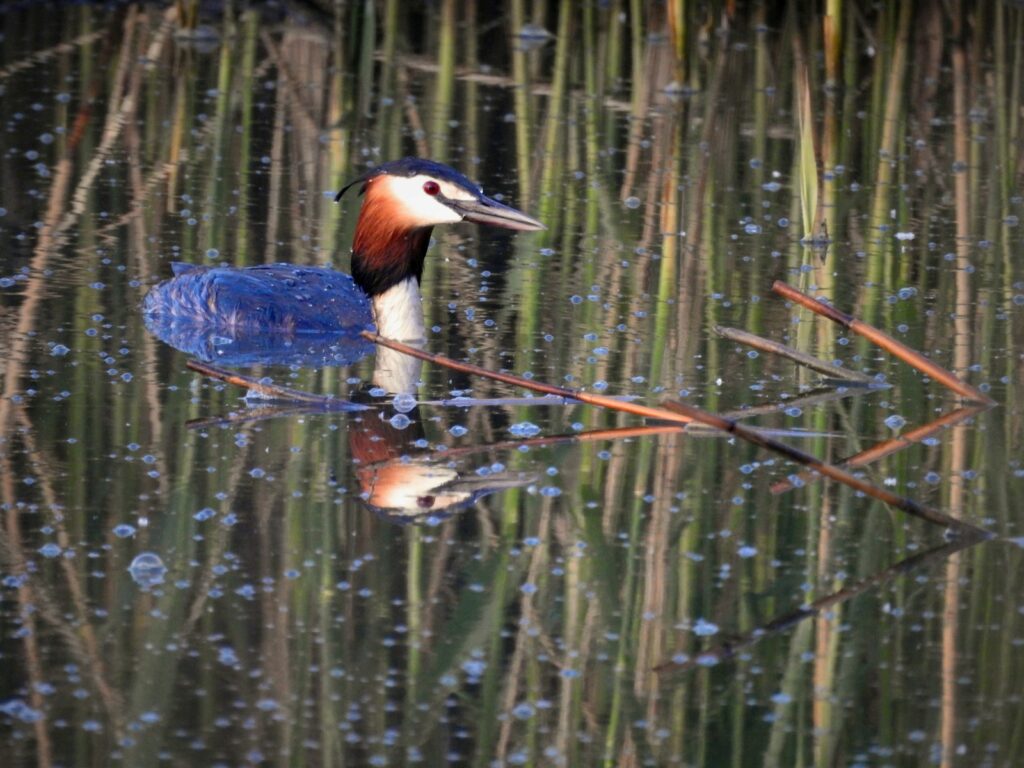
Temperature thresholds significantly influence bird activity patterns, though optimal temperature ranges vary dramatically by habitat and season. In desert environments, birdwatching productivity peaks during early morning before temperatures climb above 85°F (29°C), after which activity often ceases until evening cooling begins. Forest habitats typically show maximum bird activity between 45-75°F (7-24°C), with activity diminishing at temperature extremes in either direction. Wetland birds often remain active at higher temperatures than woodland species, particularly if cooling breezes are present across the water surface. Winter birdwatching can be exceptionally productive during warming trends that follow cold snaps, as birds capitalize on improved conditions for feeding—particularly on days when temperatures rise just above freezing, stimulating insect activity while maintaining the concentration effects of winter conditions.
Utilizing Weather Forecasts for Planning
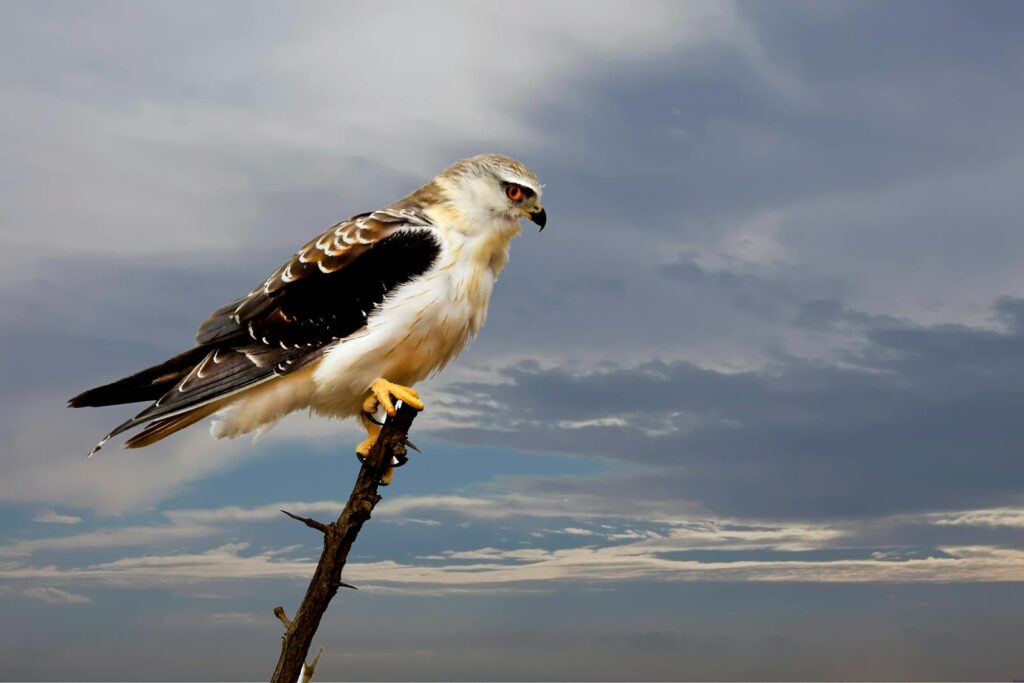
Modern birdwatchers have unprecedented access to specialized weather forecasting tools that can dramatically improve field success when properly applied to trip planning. Beyond standard weather apps, resources like BirdCast from the Cornell Lab of Ornithology provide migration forecasts based on weather radar data, helping observers anticipate major movement events. Serious birders often track weather systems across continental scales during migration seasons, planning trips to known hotspots when conditions suggest major fallouts might occur. Local knowledge remains invaluable, as specific habitats respond differently to weather patterns—experienced observers learn which local spots perform best under particular conditions. Weather-based planning becomes especially important for target species with specific behavioral patterns, such as certain raptor species that soar primarily on days with appropriate thermal development or marsh birds that vocalize more frequently under certain humidity conditions.
Weather plays a pivotal role in birdwatching success, influencing everything from bird behavior and activity levels to visibility and acoustic conditions. While each species responds differently to weather variables, understanding these general patterns can significantly enhance your chances of memorable encounters. The most productive birdwatchers develop weather literacy alongside their identification skills, learning to read conditions and adapt their strategies accordingly. Rather than viewing inclement weather as an obstacle, experienced observers recognize that each weather pattern creates unique opportunities to observe behaviors and species that might otherwise remain hidden. By aligning your birdwatching schedule with favorable conditions and knowing which habitats perform best under different weather scenarios, you’ll maximize your time in the field and develop a deeper understanding of how birds interact with their ever-changing environment.
